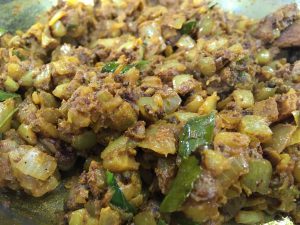(30 minutes, serves 4)
 New year, new eating plan. Our kids are eight and ten, and we’re trying to eat a little healthier all around, and hopefully get them to eat more of the same foods we do; we’ve spent too long making separate meals. All of us could stand to rely a little less on packaged meals and easy carbs. So we’re trying to do some joint family meal planning, which is challenging because I have to give up a little control. I love control.
New year, new eating plan. Our kids are eight and ten, and we’re trying to eat a little healthier all around, and hopefully get them to eat more of the same foods we do; we’ve spent too long making separate meals. All of us could stand to rely a little less on packaged meals and easy carbs. So we’re trying to do some joint family meal planning, which is challenging because I have to give up a little control. I love control.
But that said, it’s also a good way to get me out of my default curry-all-the-time rut. I used to cook lots of other things. 🙂 Tonight, we went Italian, with plenty of protein and vegetable, a little pasta to fill things out, and not stinting on the butter and Parmesan, salt and pepper. I was aiming for an easy weeknight meal, taking no more than thirty minutes to cook.
The trickiest part about this, I think, is sequencing it so that you’re never really pausing, but you’re also not hurrying, and it’s all done at about the same time. If you’re more of a new cook, this will probably take a little longer, until you get the hang of moving smoothly from task to task.
1 lb. asparagus
1-2 T olive oil for asaragus, plus 1-2 T olive oil for chicken
one onion
three cloves garlic
1 lb. boneless, skinless chicken thighs (you can use breast if you’d prefer)
4-8 oz. penne
1 T butter (optional)
Parmesan for grating
salt and pepper to taste
1. Start oven (I use the toaster oven for this) heating to 350. Break ends off asparagus (at natural snapping point) and discard; toss asparagus spears with 1-2 T olive oil, salt (about 1/2 t.) and pepper (ditto). Spread on foil on a baking pan, and put in oven for about 20 minutes. (Set timer!)
2. Set a pot of water boiling for pasta.
3. Slice onion thinly, start sautéing in a large frying pan with 1-2 T olive oil. Turn heat down to medium, so you don’t need to watch it like a hawk. Chop three cloves garlic, stir them in.

4. Cut chicken into bite-size pieces, stir them in. Season with salt (about 1/2 t.) and pepper (ditto). Turn heat up to high for a bit, so the chicken will sear; cook, stirring. Then you can turn it back to medium or even low if you like, and let it keep cooking, stirring occasionally. If it seems a little dry, add a T of butter at this point.
5. By now, your water should be boiling. Add penne, stir, and set timer for 10 minutes. Check on the asparagus; it should have a few more minutes to go. Stir the chicken. Pour yourself a glass of white wine, if you’d like. Pour a little into the pan, if you like.

6. When the asparagus timer goes off, remove it from the oven. Eat a few spears right then, because they are at their most delicious like this. Try to save most of them for the children. Transfer to a cutting board, and cut into bite-size pieces. Add asparagus to the chicken in the pan, stirring to combine.
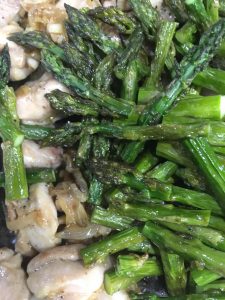
7. When the pasta timer goes off, drain the pasta. Add it to the chicken and asparagus, stirring to combine. Taste and add salt and pepper if desired (though not too much salt, as the Parmesan is also salty.)

Serve hot, with fresh Parmesan to grate over. Yum.
NOTE: If you have picky eater suspicious of bits of onion / garlic, you can just toss the chicken in 1 t. each of onion and garlic powders before sautéing. You can also serve the asparagus on the side, instead of cutting it up and mixing it in. And finally, if you happen to have cherry tomatoes on hand, cutting them in half and stirring them in at the very end would not be a terrible idea. I was sadly out of them, or I would have!
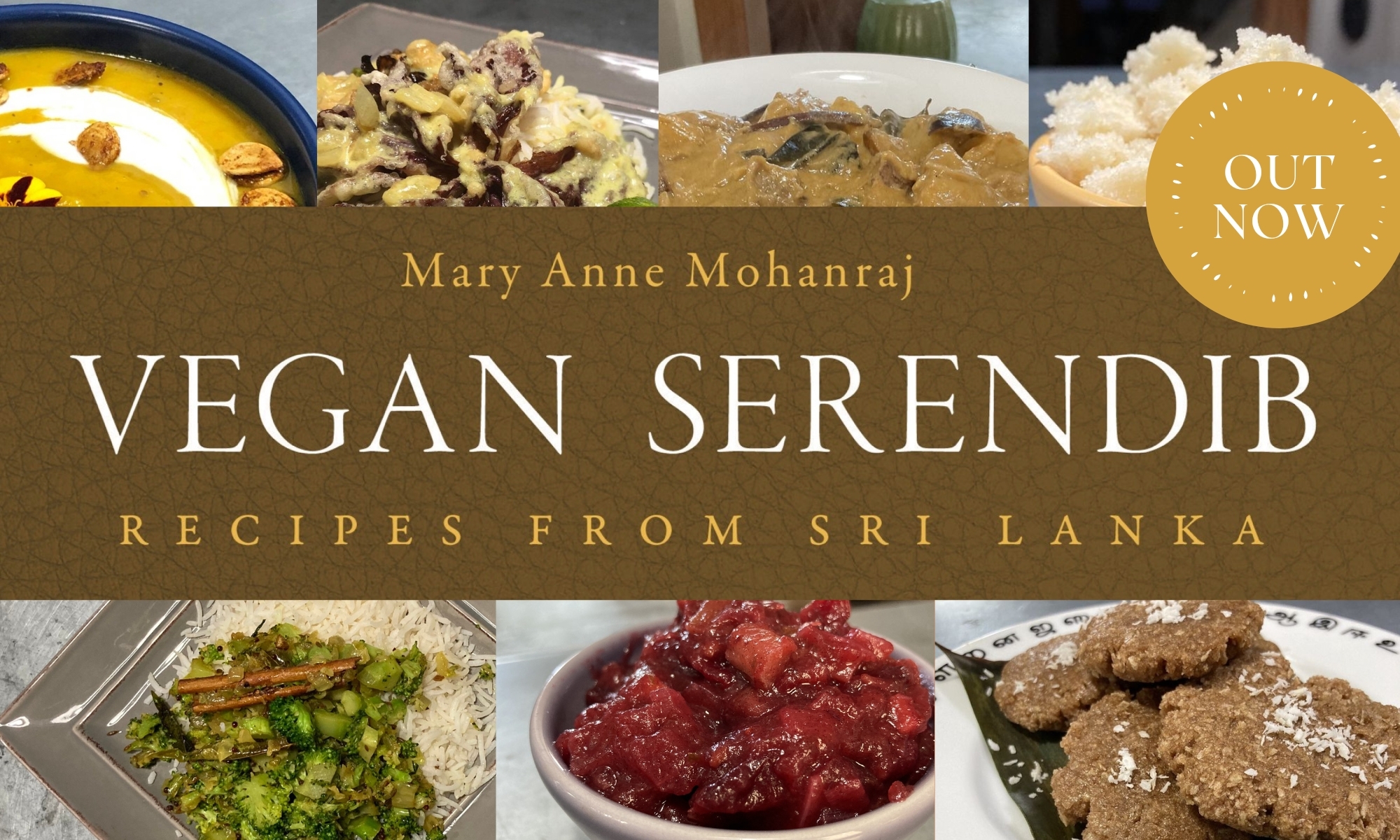

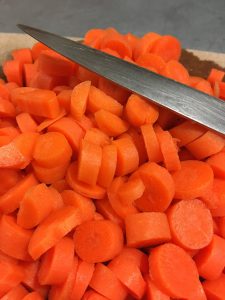
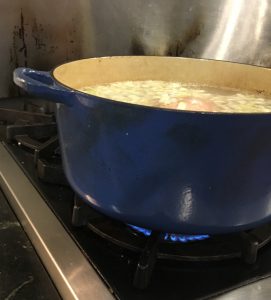



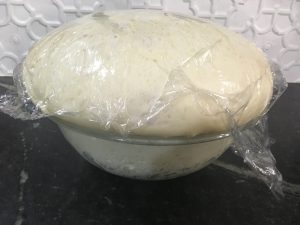


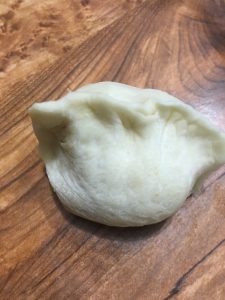
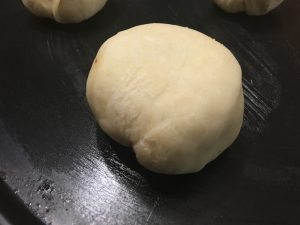


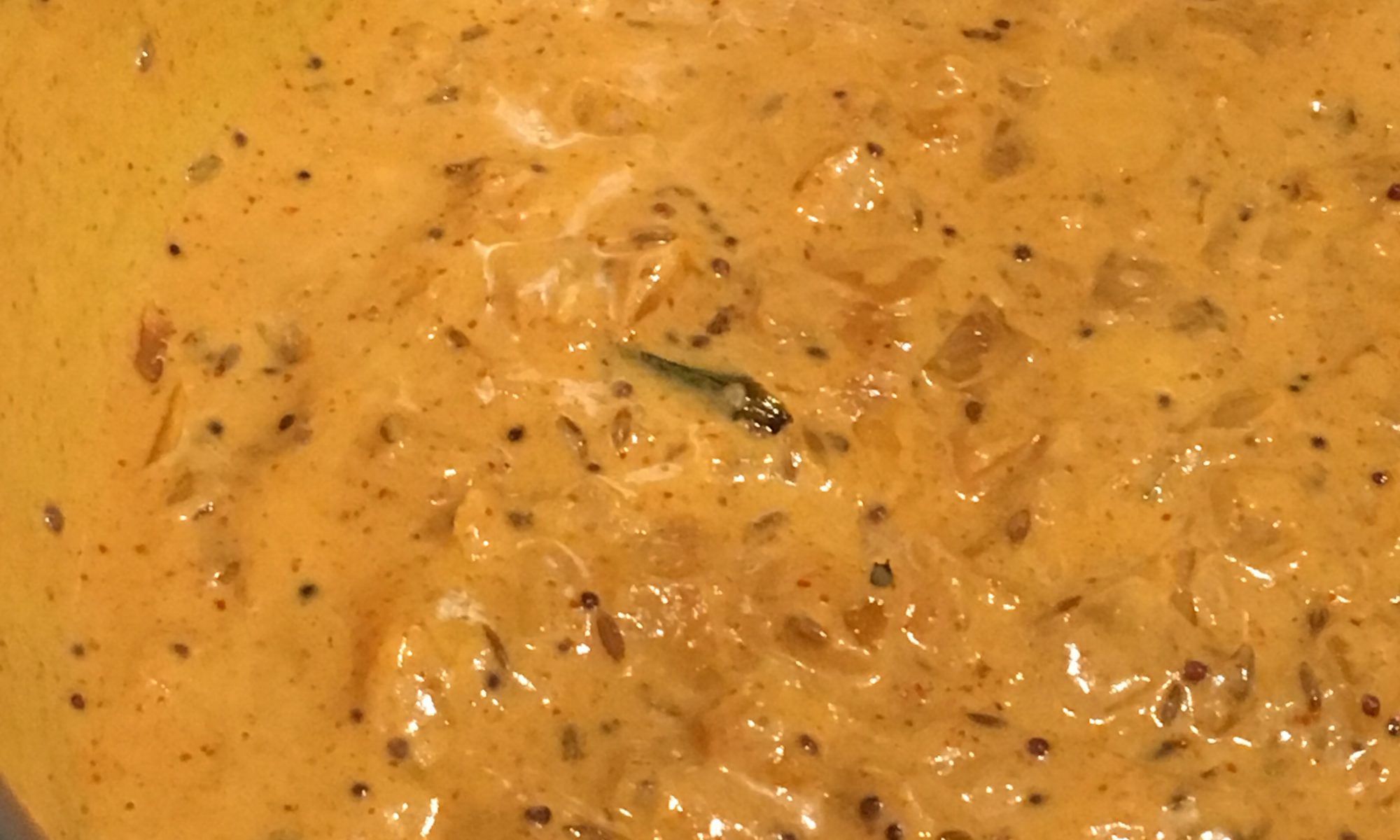


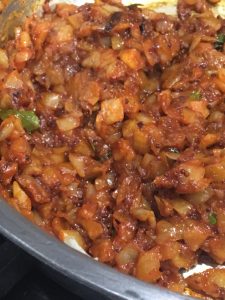





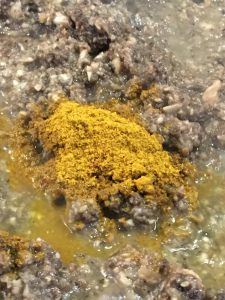
 I ran out of canola oil while setting up to deep-fry these; luckily Kat (who lives across the way) had some coconut oil she could send over with a child. So I fried in a combo of the two, which I think was perhaps perfect — the canola gave the characteristic crispiness, and the coconut gave some extra richness. I hadn’t fried in coconut oil before, though, and was really surprised when I put the first patty in — it foamed up dramatically (which may have had something to do with combining the two oils — I’m not sure)! I called Kevin over to make sure I wasn’t doing something wrong. But all was very well, and they were soon devoured. (Pictured below is a double-batch, filling three plates.)
I ran out of canola oil while setting up to deep-fry these; luckily Kat (who lives across the way) had some coconut oil she could send over with a child. So I fried in a combo of the two, which I think was perhaps perfect — the canola gave the characteristic crispiness, and the coconut gave some extra richness. I hadn’t fried in coconut oil before, though, and was really surprised when I put the first patty in — it foamed up dramatically (which may have had something to do with combining the two oils — I’m not sure)! I called Kevin over to make sure I wasn’t doing something wrong. But all was very well, and they were soon devoured. (Pictured below is a double-batch, filling three plates.)